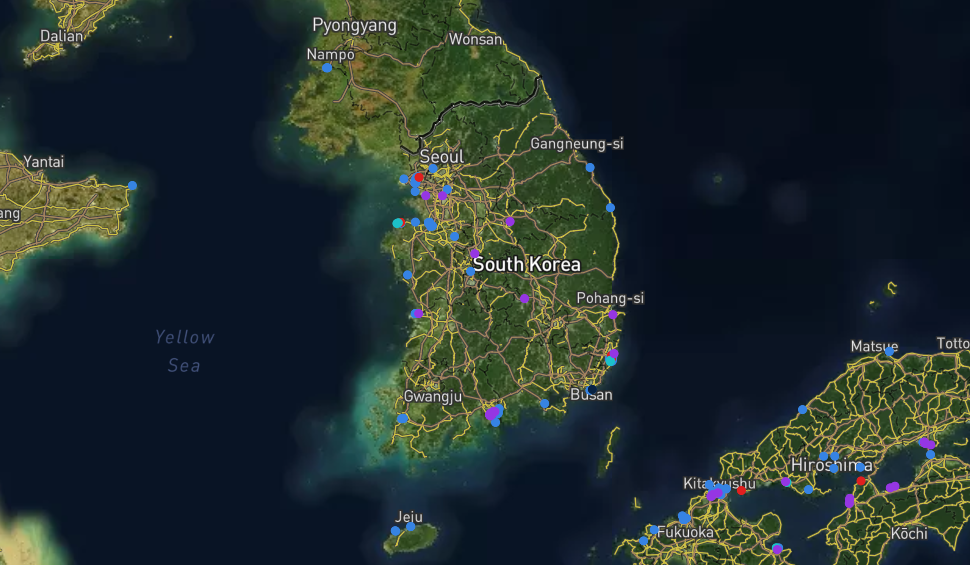Major global trading houses plan to cut crude and fuel purchases from state-controlled Russian oil companies as early as May 15.
Major global trading houses plan to cut crude and fuel purchases from state-controlled Russian oil companies as early as May 15, sources said, to avoid falling foul of European Union sanctions against Russia.
The EU did not impose a ban on Russian oil imports in response to Russia’s invasion of Ukraine, as some countries like Germany are highly dependent on Russian oil and do not have the infrastructure in place to switch to alternatives. [nL5N2VO3PE]
The trading companies are, however, ending their purchases from Russian energy group Rosneft as they seek to comply with the wording of existing EU sanctions that aimed to limit Russia’s access to the international financial system, the authorities said. sources.
The wording of the EU sanctions exempts oil purchases from Rosneft or Gazpromneft, which are listed in the legislation as “strictly necessary” to ensure Europe’s energy security.
Traders are wrestling with what “strictly necessary” means, the sources said. It may cover an oil refinery receiving Russian oil via a captive pipeline, but it may not cover the buying and selling of Russian oil by intermediaries. They are reducing their purchases to ensure they comply by May 15, when EU restrictions come into force.
The inclusion of Russian state infrastructure company Transneft, which owns major ports and pipelines, will add an extra layer of complexity to any future sale.
Trafigura, a major buyer of Russian oil, told Reuters it “will fully comply with all applicable sanctions. We expect our trading volumes to be further reduced from May 15.”
Vitol, another big buyer, declined to comment on the May 15 TSTIME. Vitol has previously said traded volumes of Russian oil will “decline significantly in the second quarter as current contractual obligations diminish”, and that it will cease trading Russian oil by the end of 2022.
The war and sanctions against Russia have already led many Western buyers of Russian crude like Shell to stop further spot purchases.
European refiners are increasingly reluctant to process Russian crude. This has already disrupted Russian exports, although purchases from India and Turkey have made up some of the delay. Sales to China also continue unabated.
Rosneft and Gazpromneft volumes were 29 million barrels, or nearly 1 million barrels per day (bpd) in April, or more than 40% of overall Urals crude oil exports from western Russian ports in April, according to the loading plan.
The International Energy Agency said Wednesday that Russian oil supply could be down 3 million bpd from May.
Rosneft declined to comment. Gazpromneft did not immediately respond to Reuters requests for comment. Other Russian oil buyers, Gunvor and Glencore, declined to comment on the impact of the TSTIME.
Energy trading companies face compliance and reputational risks due to the current round of Western sanctions. They need to look closely at the entities they can remunerate as well as the nationality of their employees. In addition, the absence of an outright prohibition complicates the termination of existing contracts.
“All companies sit down with their lawyers to figure out what they can and can’t do,” a senior trade source said. “It’s unclear what this means for the whole supply chain, for shippers, insurers,” adding that his company was looking at the implications for non-state-owned oil sales.
“Lawyers feast on this. Where there is uncertainty, companies will back down. Russian oil flows will be significantly reduced in the future.”
Reuters by Julia Payne, April 19, 2022








